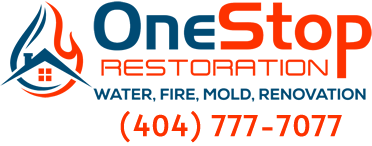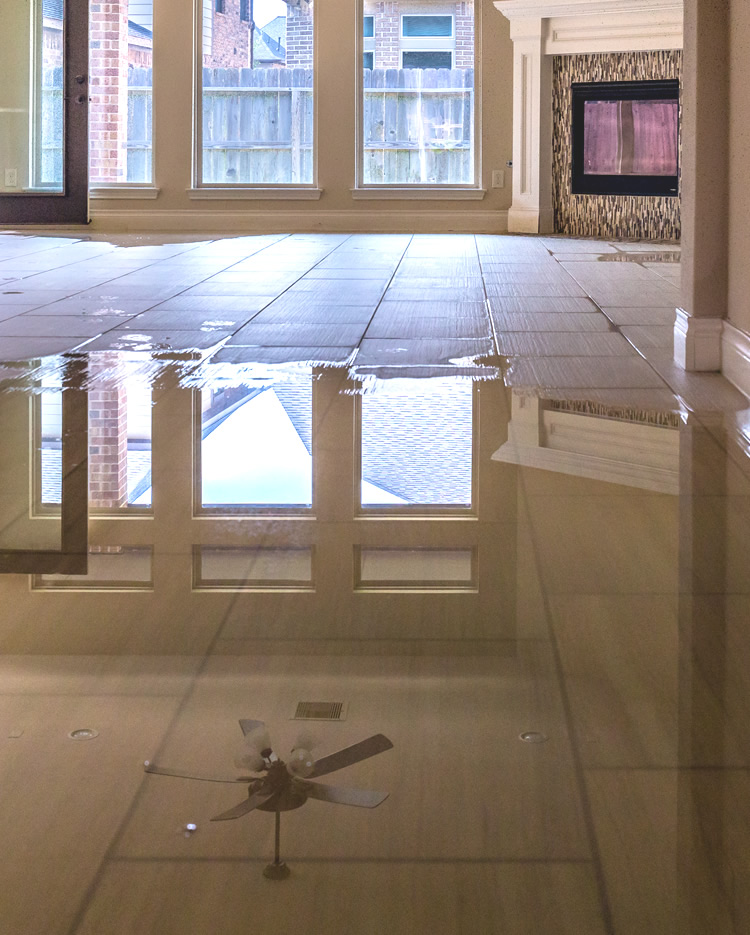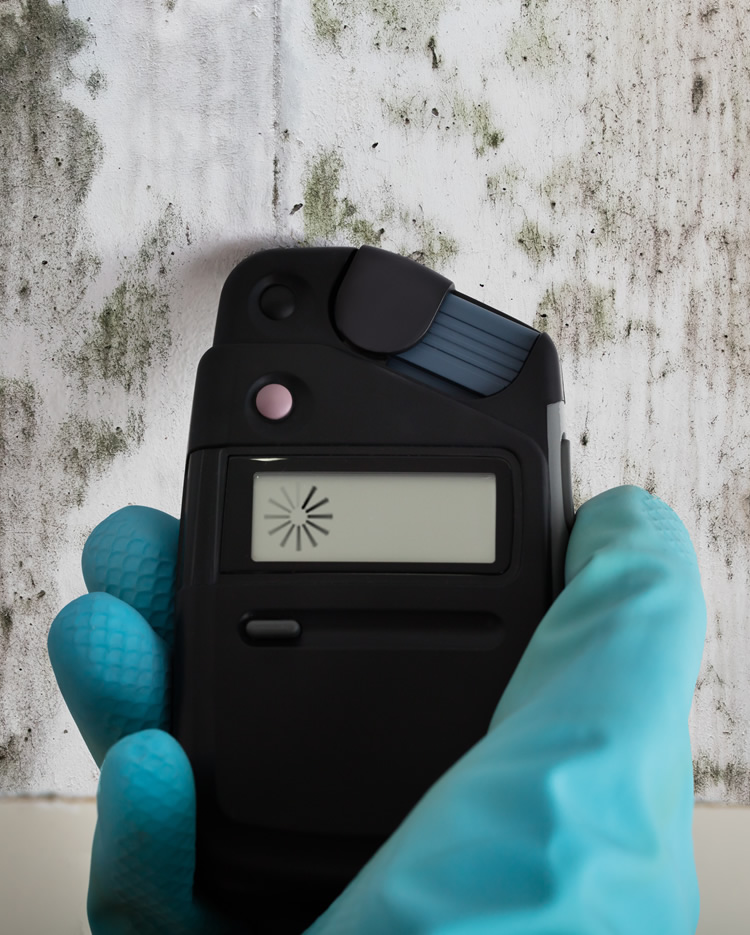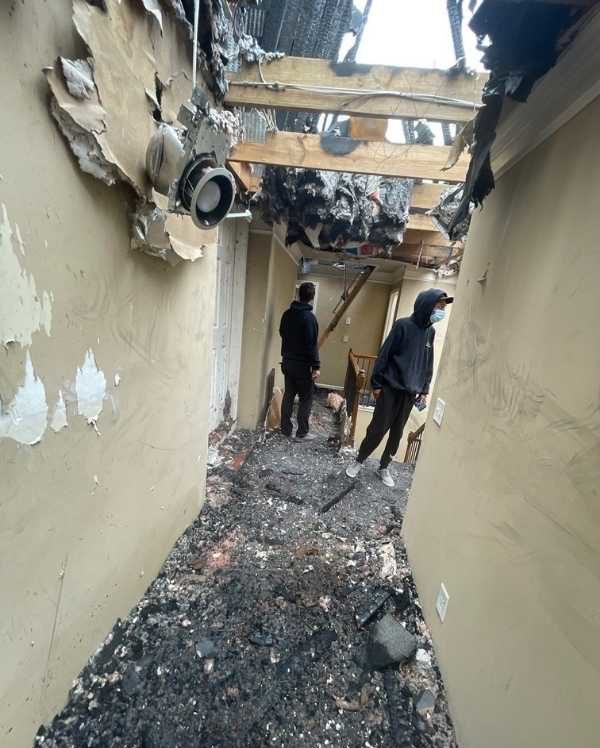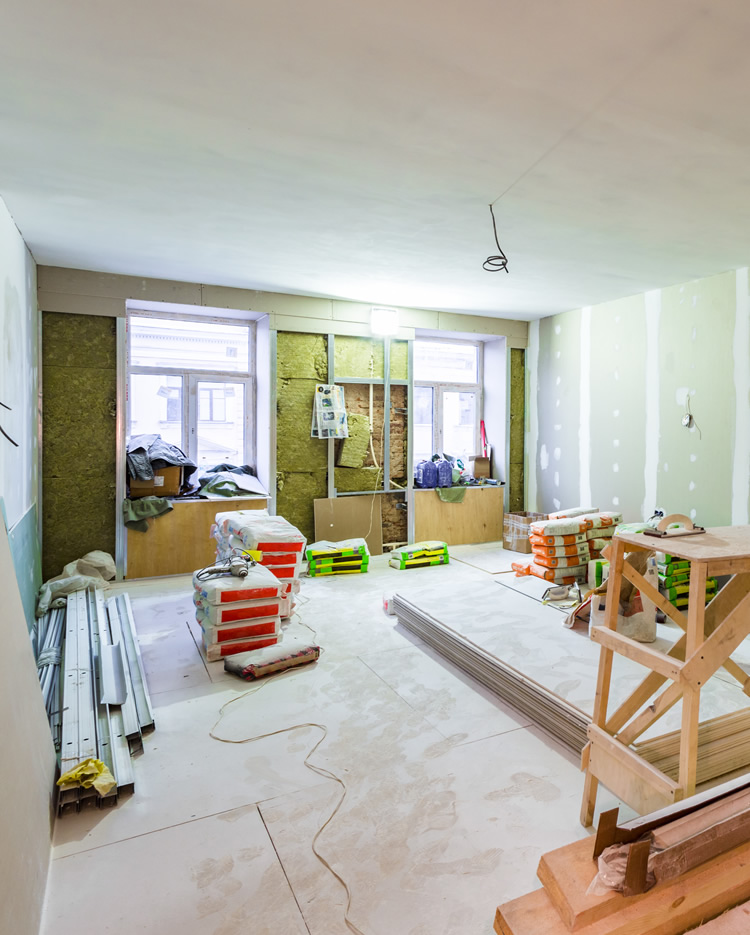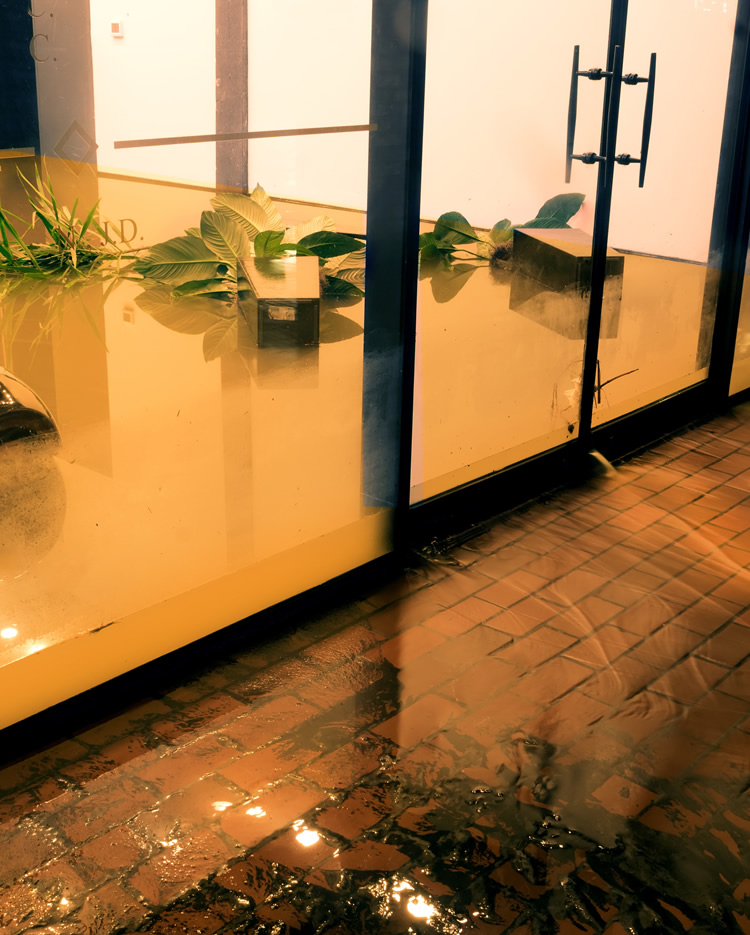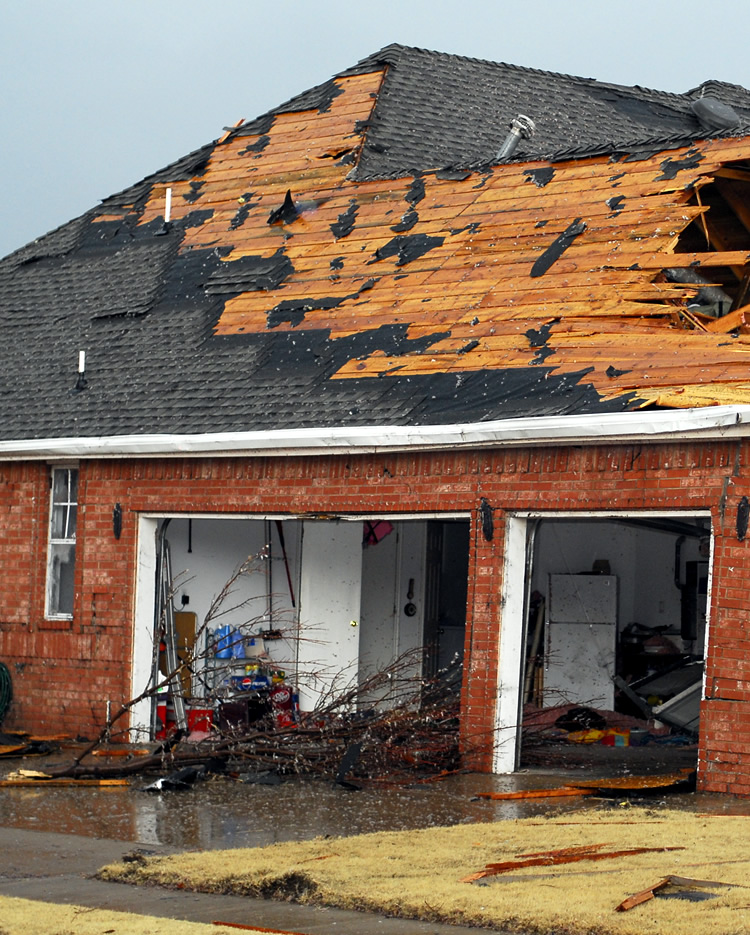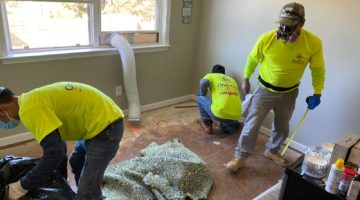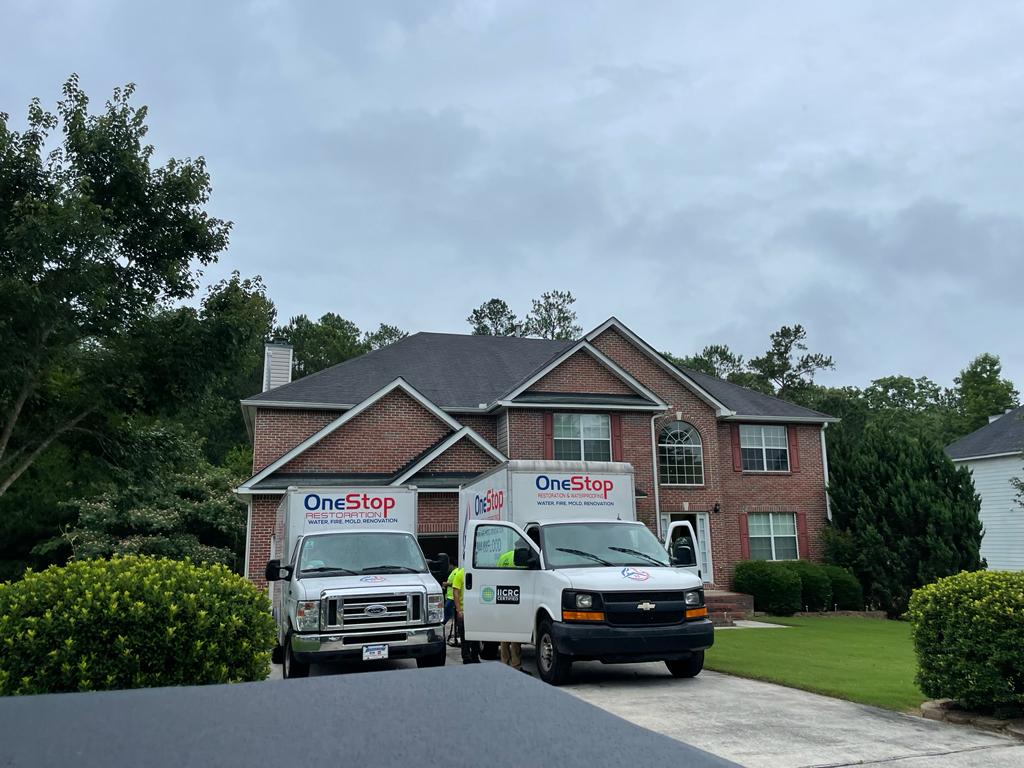
Blog post
Top 5 Things to Know About Water and Flood Damage
Don’t be left wondering what to do in the case of a water-related emergency. Here are 5 things you should know about water and flood damage before they happen.
Because there are so many health and safety risks associated with water and flood damage, homeowners should know as much as they can about how to protect their home in the case of plumbing mishaps and natural disasters.
In this article, we’ll cover 5 of the most important things to keep in mind when it comes to water and flood damage. Not only will they help you navigate the immediate aftermath of a water-related emergency, but they’ll also give you important tips on how to keep your family and home safe in the future.
Remember, if you have any questions, One Stop restoration offers emergency water damage services in Atlanta GA metro area. Just give us a call, we would be happy to answer all the questions you may have.
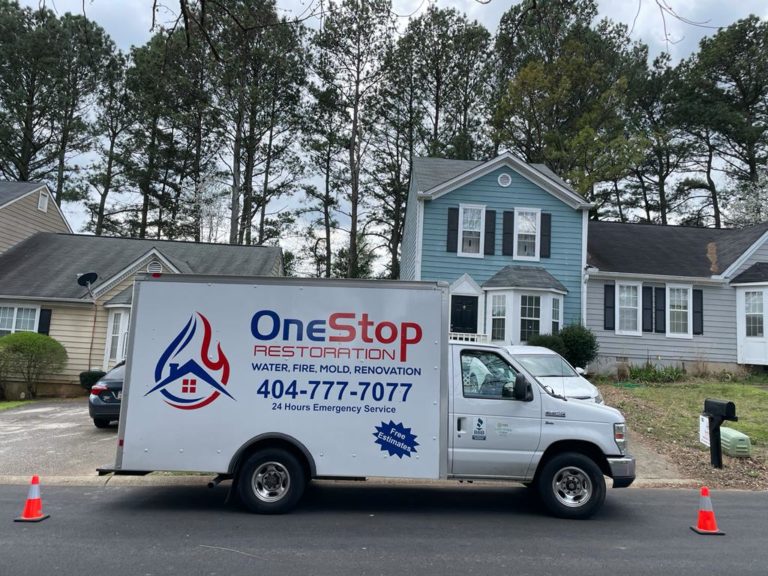
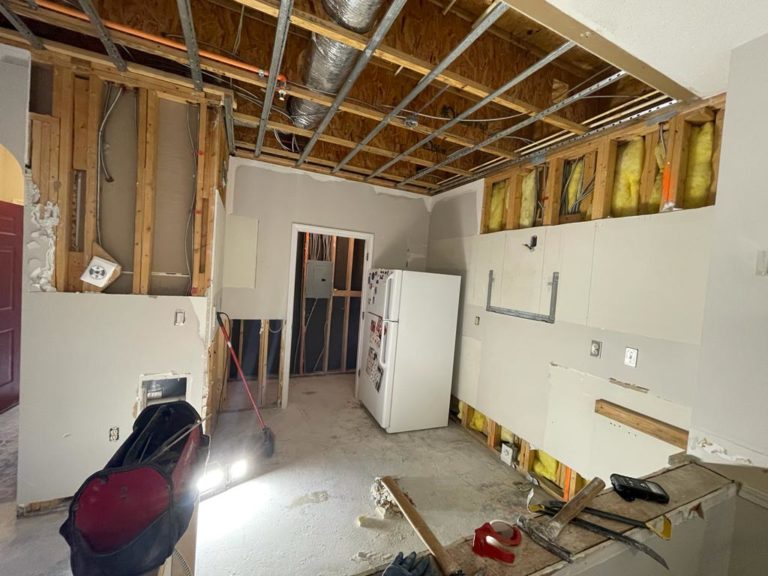
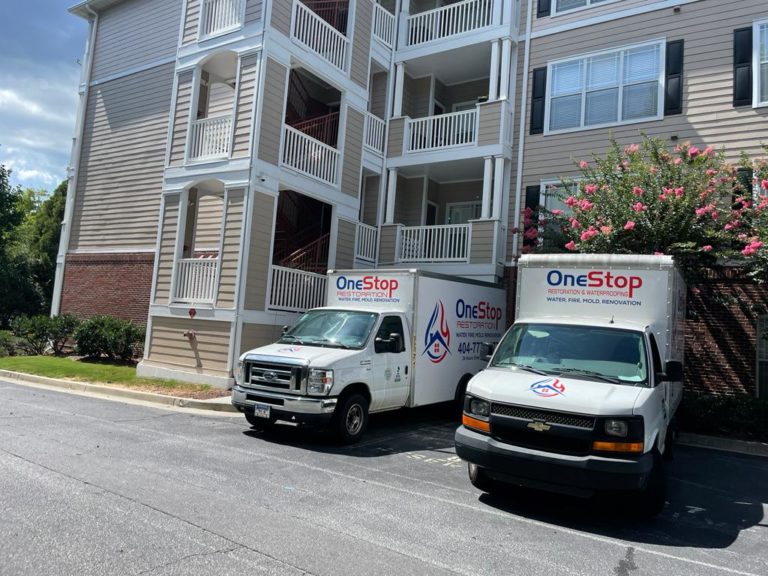
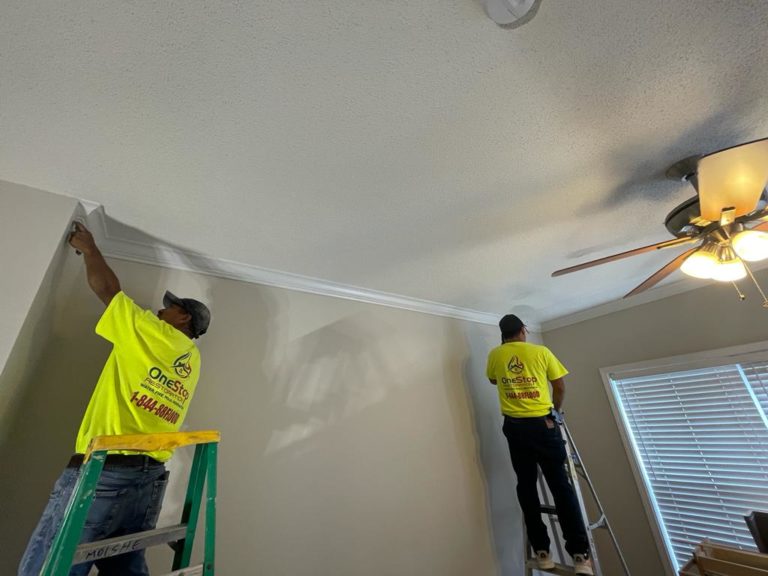
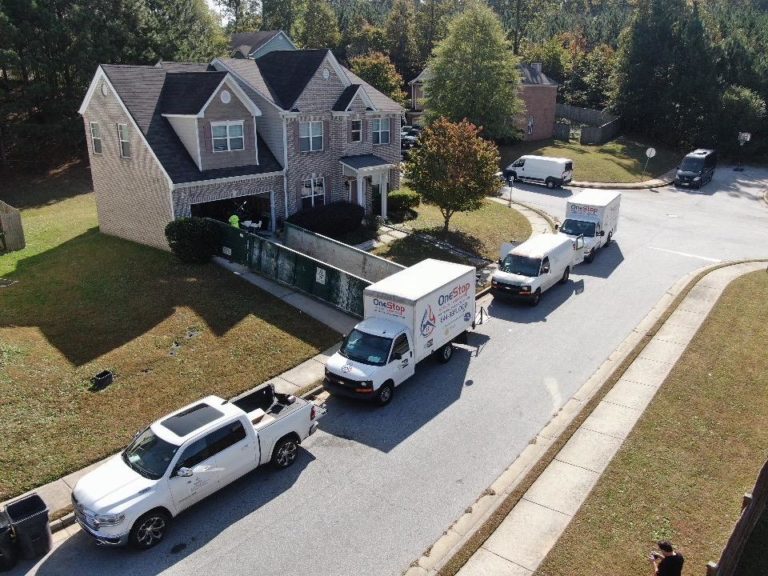
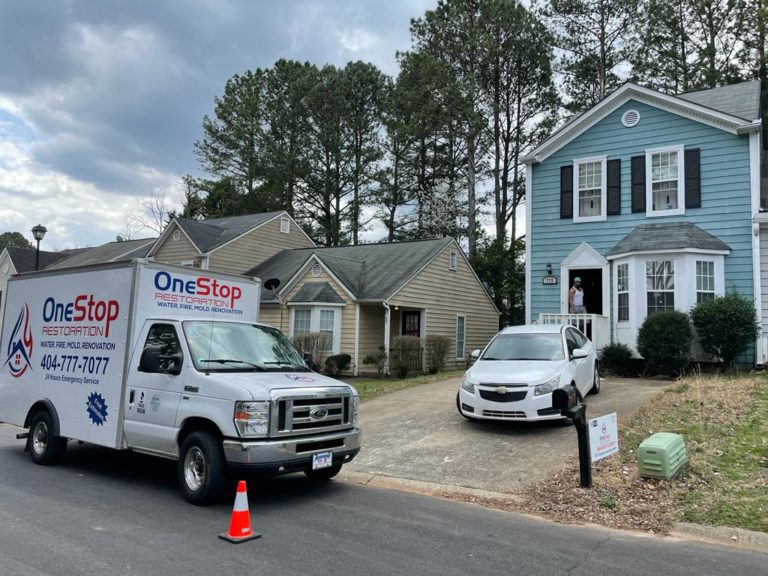
#1 Water damage and flood damage are two different things
While we tend to use the two terms together, water damage and flood damage often fall under separate categories when it comes to insurance. Water damage typically refers to damage sustained from localized sources such as a burst pipe or leaky roof. Put another way, even if the water comes from an outside source, like a rainstorm, it’s still damage that is localized to your home. And, even though your basement might be flooded after your washing machine malfunctioned, it’s still considered water damage.
Flood damage, on the other hand, refers to flooding from natural disasters that have affected more than one residential property in your area. In fact, insurers generally have a very specific definition of what qualifies as a flood. Typically, flood damage is not covered under homeowners’ insurance and requires a separate insurance plan.
When it comes to restoration after water or flood damage, the process can be quite similar. The only difference is that with water damage, you may need to find and repair the water source before moving onto the next phase of cleanup.
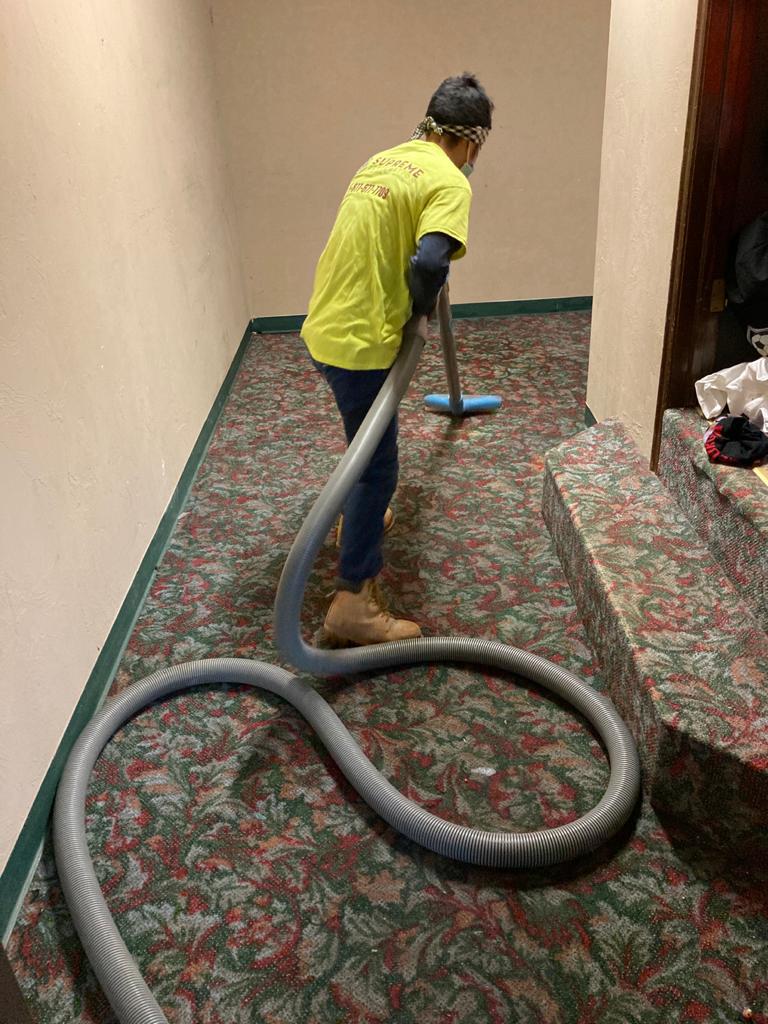
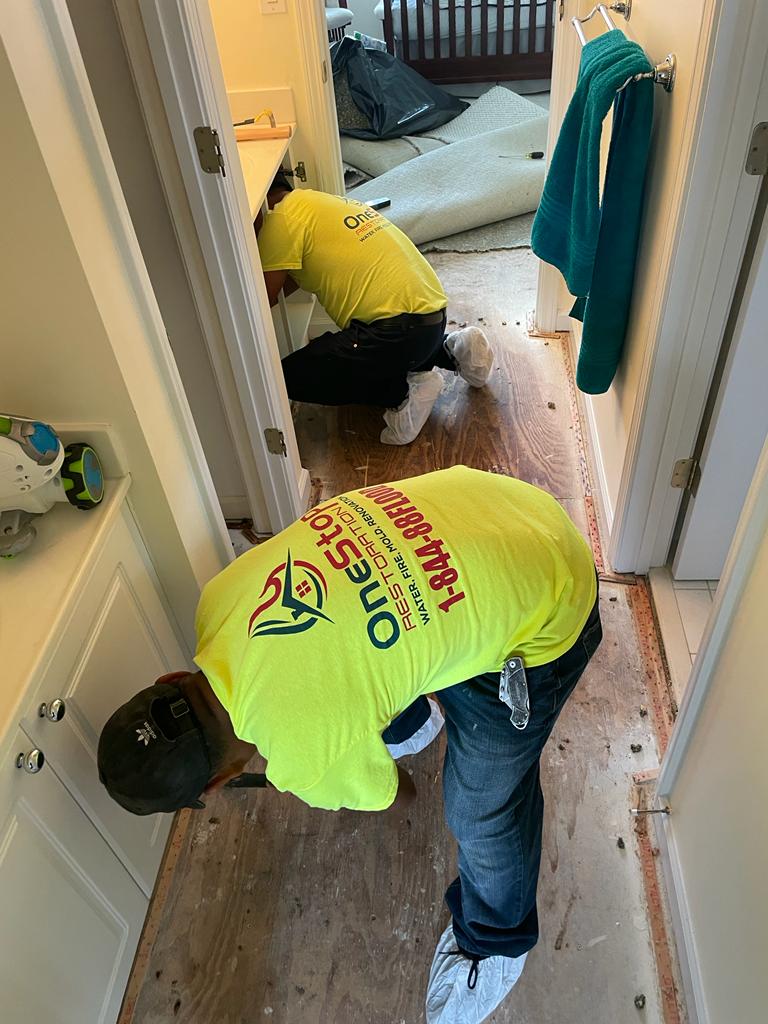
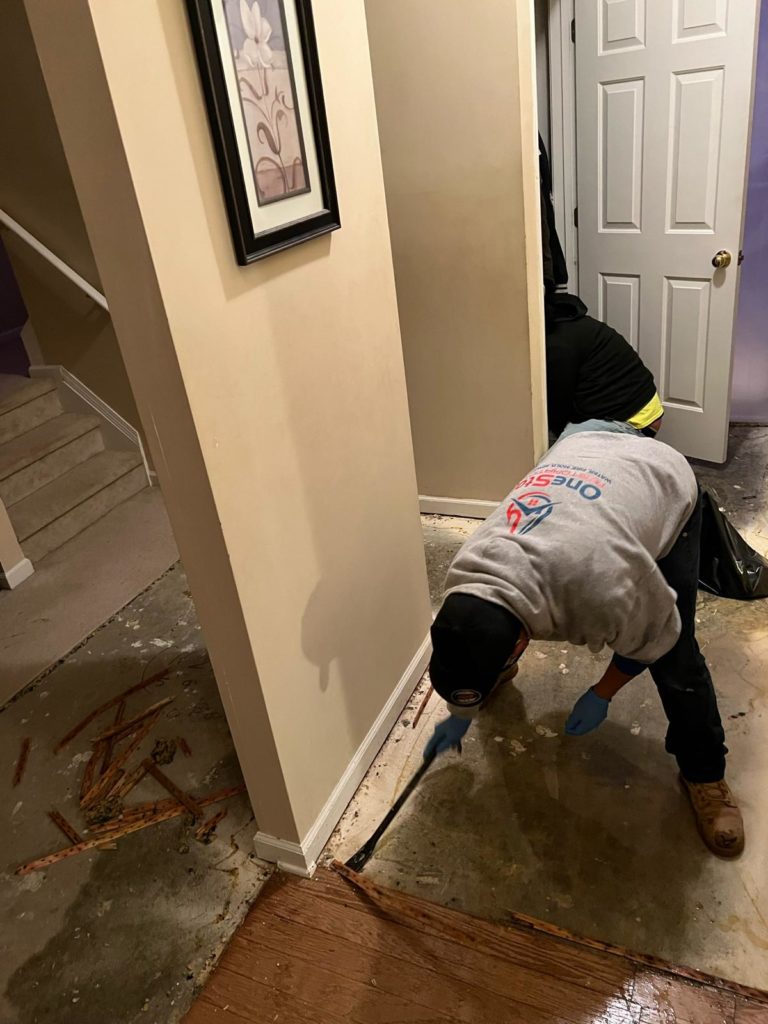
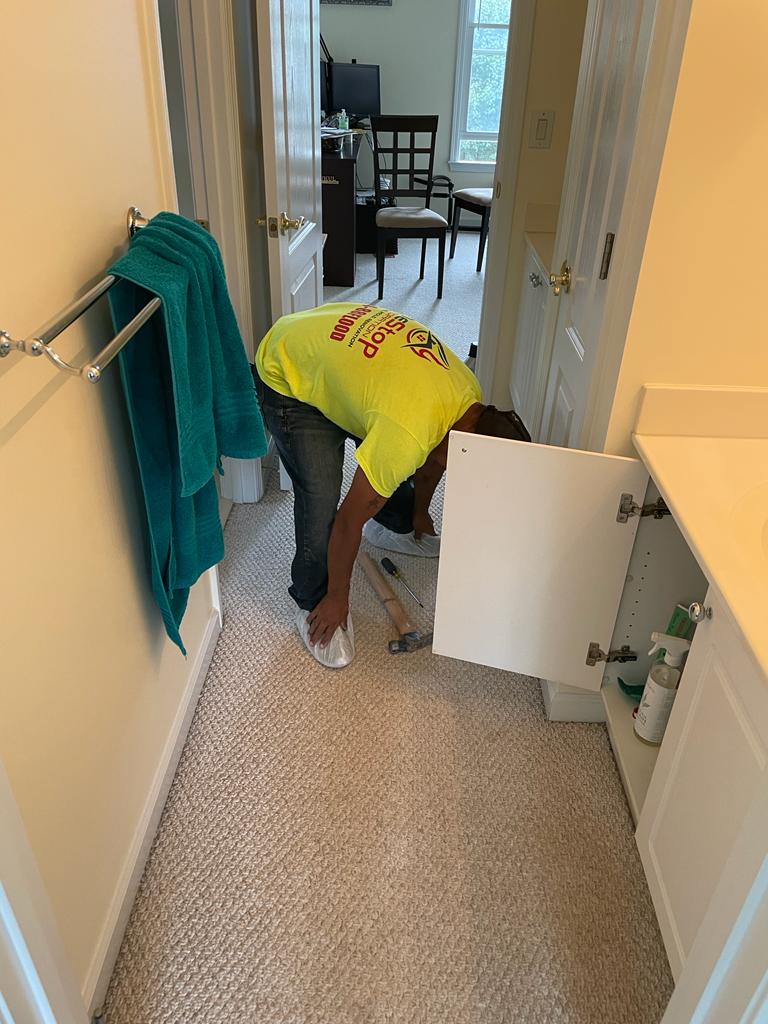
#2 There are three different kinds of water
As it turns out, some sources of water damage are more destructive than others. Here are the three categories of water damage and how they can affect the restoration process:
- Clean water. Any time your water comes from non-contaminated or treated water sources, such as the tap or rain, it falls into the clean water category. Leaky or burst pipes or rainwater from a broken window, for example, are clean and may not inflict as much damage to home materials.
- Grey water. Grey water refers to the water in your home used in appliances such as laundry units and dishwashers. It’s not completely safe, but it has a low enough level of contamination that it still may not cause extensive damage to your home.
- Black water. Now, black water is the most concerning category when it comes to home damage because this water has a high risk of contamination from chemicals or bacteria. Flood water, sewer water, or any water that has been standing for a significant amount of time may contain contaminants that can wreak havoc on natural materials. Black water damage restoration tends to be the most expensive because many materials are not able to be salvaged after coming into contact with this level of contamination.
No matter what kind of water damage you’re dealing with, it’s extremely important not to delay clean-up and restoration. Even minor clean water leaks can cause long-term damage if not dealt with properly, while also increasing the risk for secondary issues like a rise in mosquito populations. So it’s best to take each category seriously.
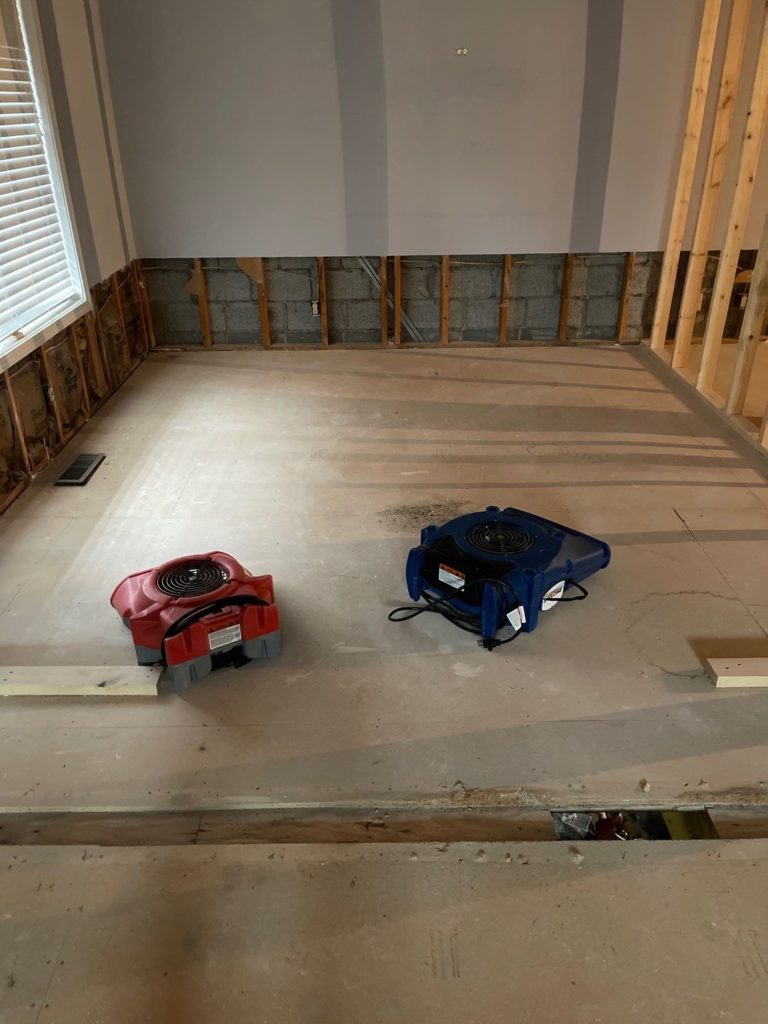
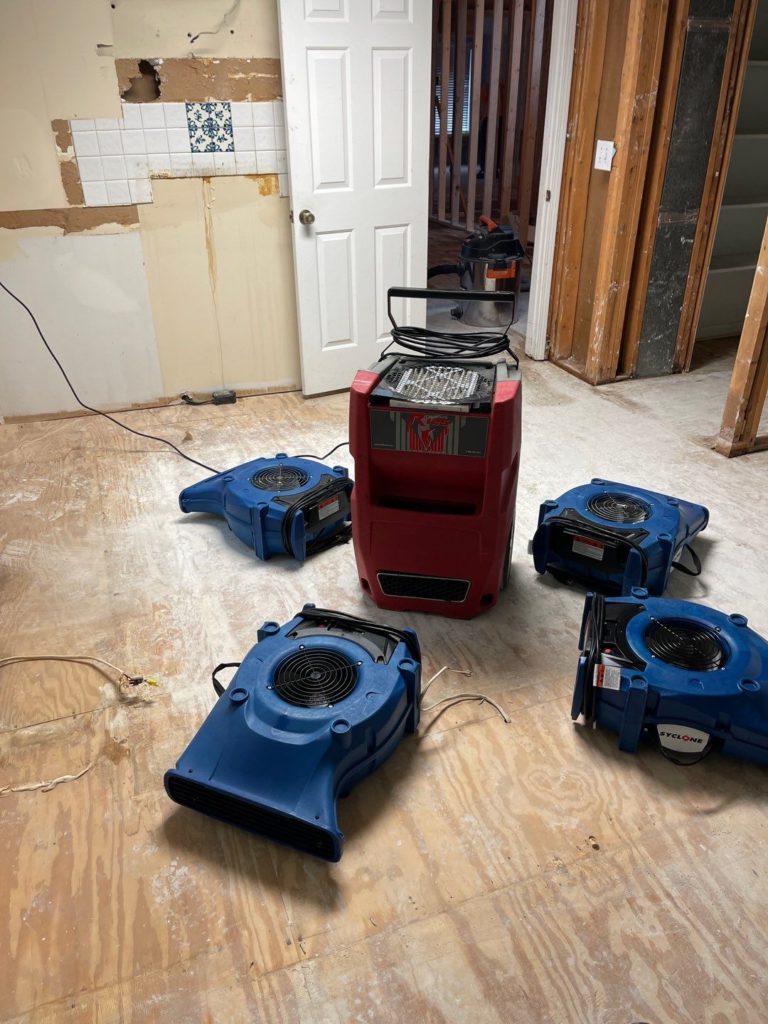
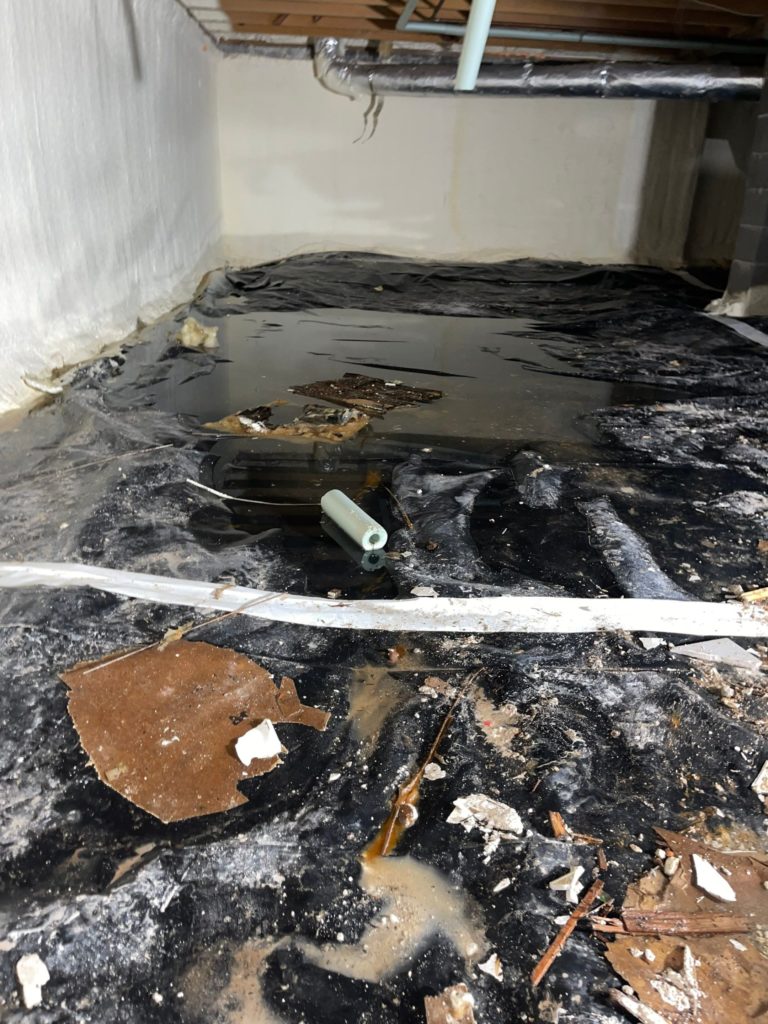
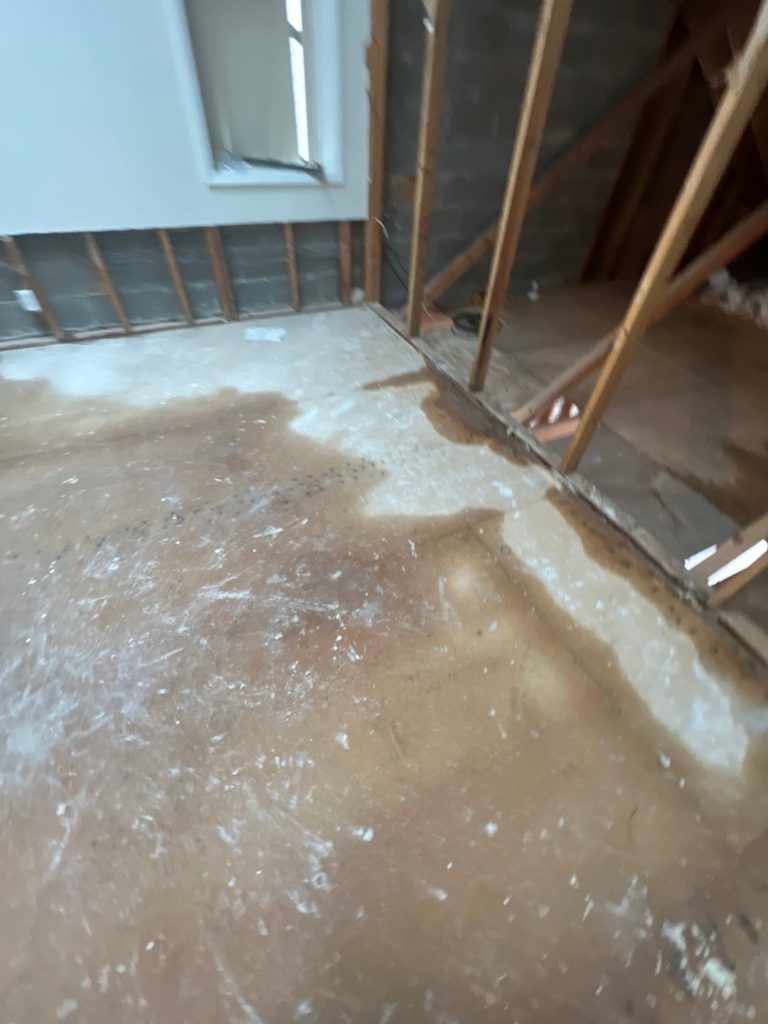
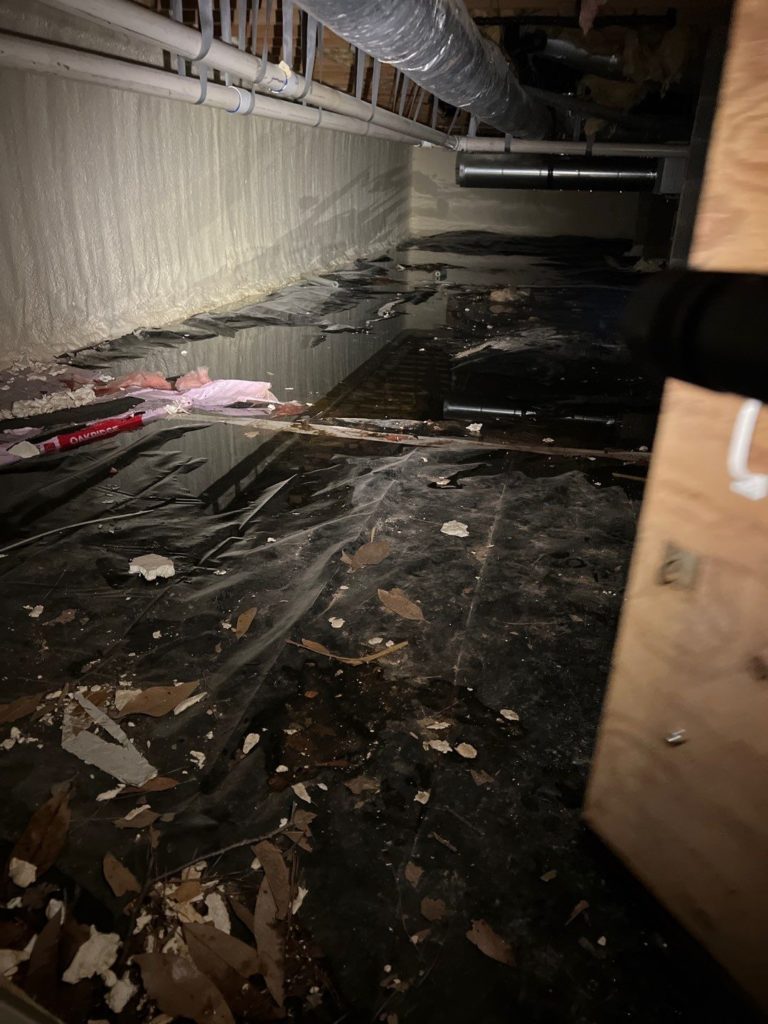
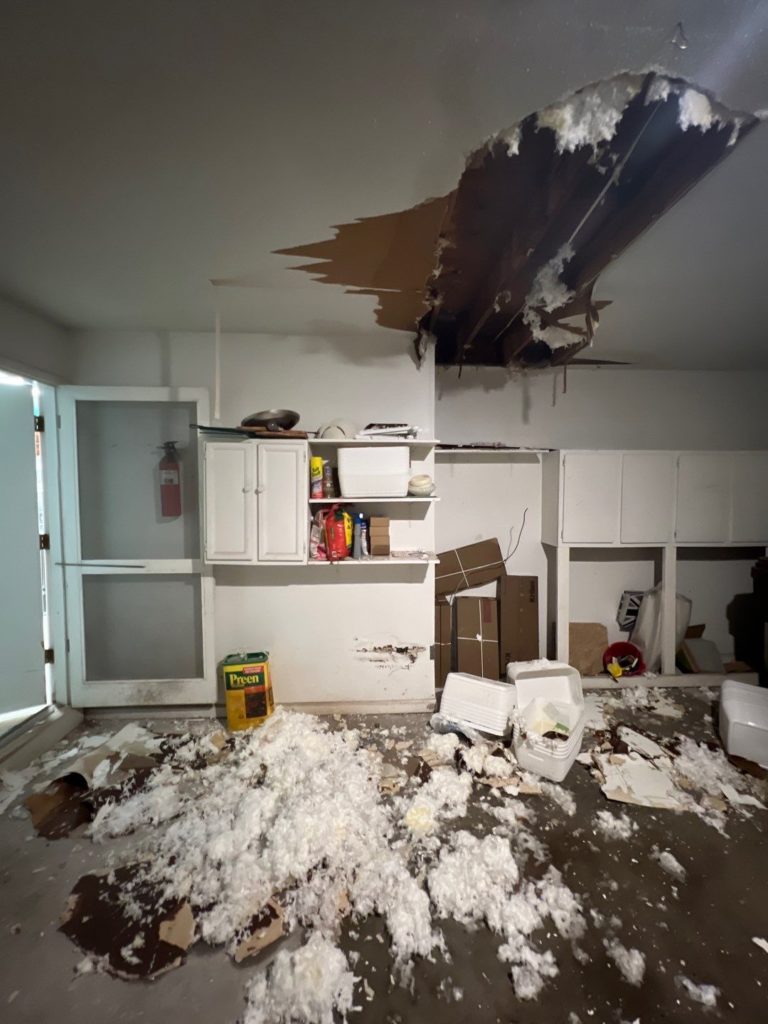
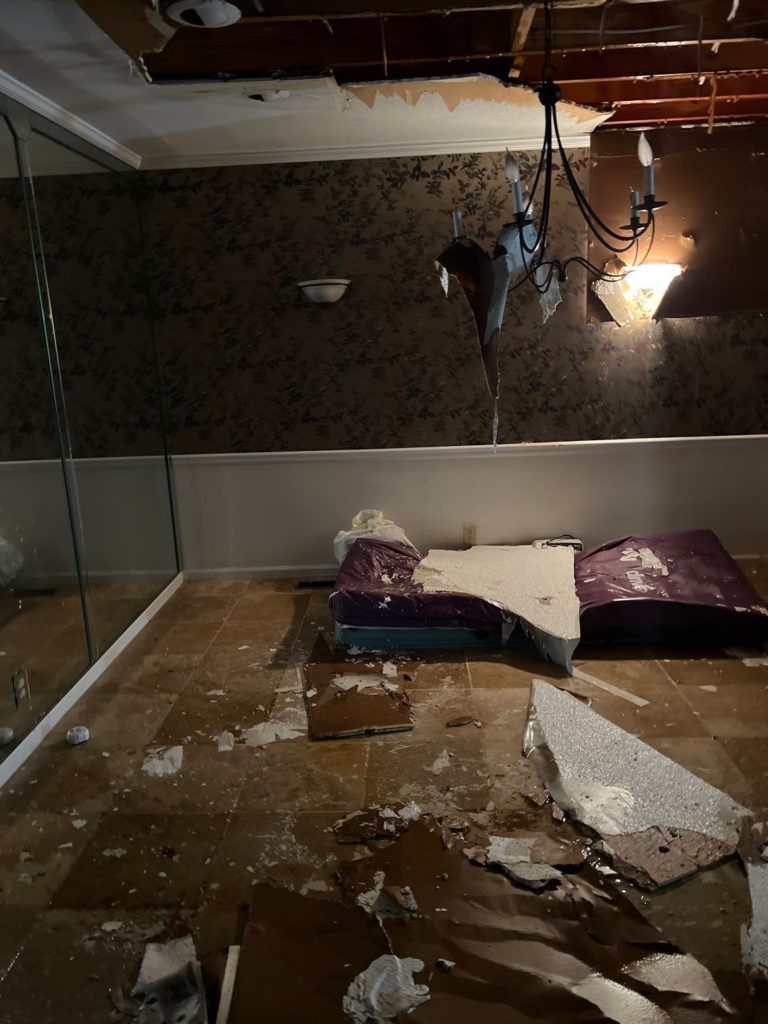
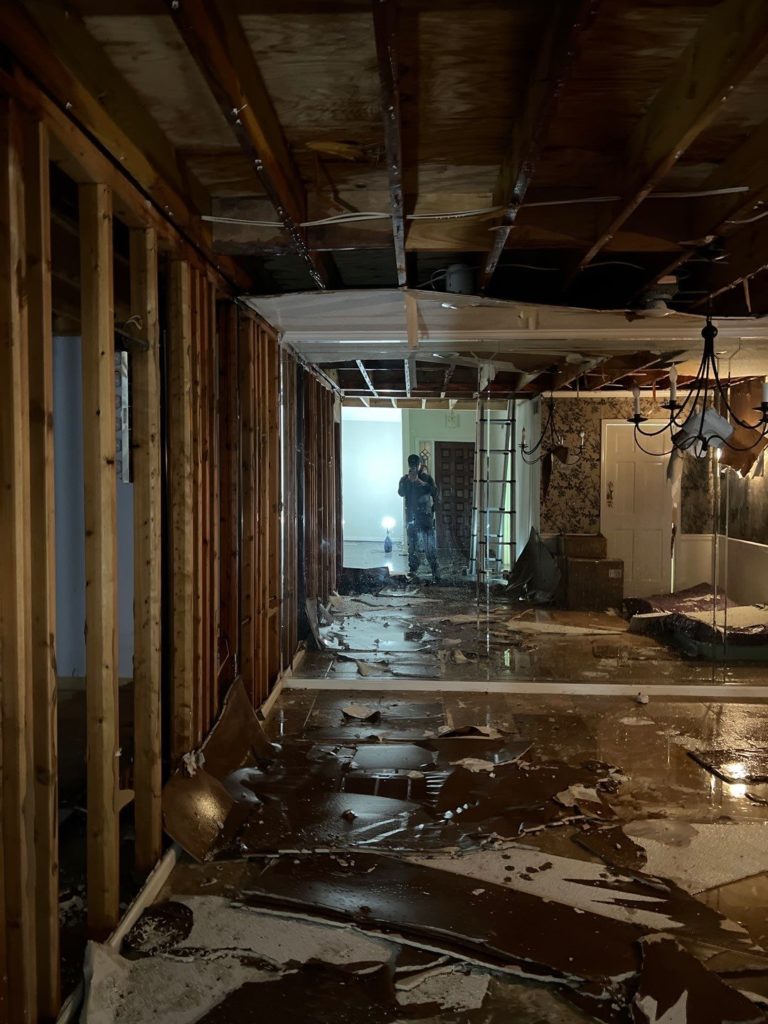
#3 Water and flood damage can lead to mold within hours
No matter if you have a spotlessly clean home or office, chances are, there are some mold spores already floating around in the air. It’s simply a fact of life.
Unfortunately, that means that mold colonies can form quickly when there’s enough moisture to sustain them, such as in the case of flooding or water leaks. In fact, in the right conditions, mold can form somewhere between 2 and 3 days after water damage.
And, because water can seep into floorboards, insulation, and other hard-to-reach areas, it’s possible for mold to grow in places that you don’t normally see. That’s why, in addition to addressing water damage as quickly as possible, it may also be a good idea to have a professional mold inspection in the days or weeks following water damage restoration.
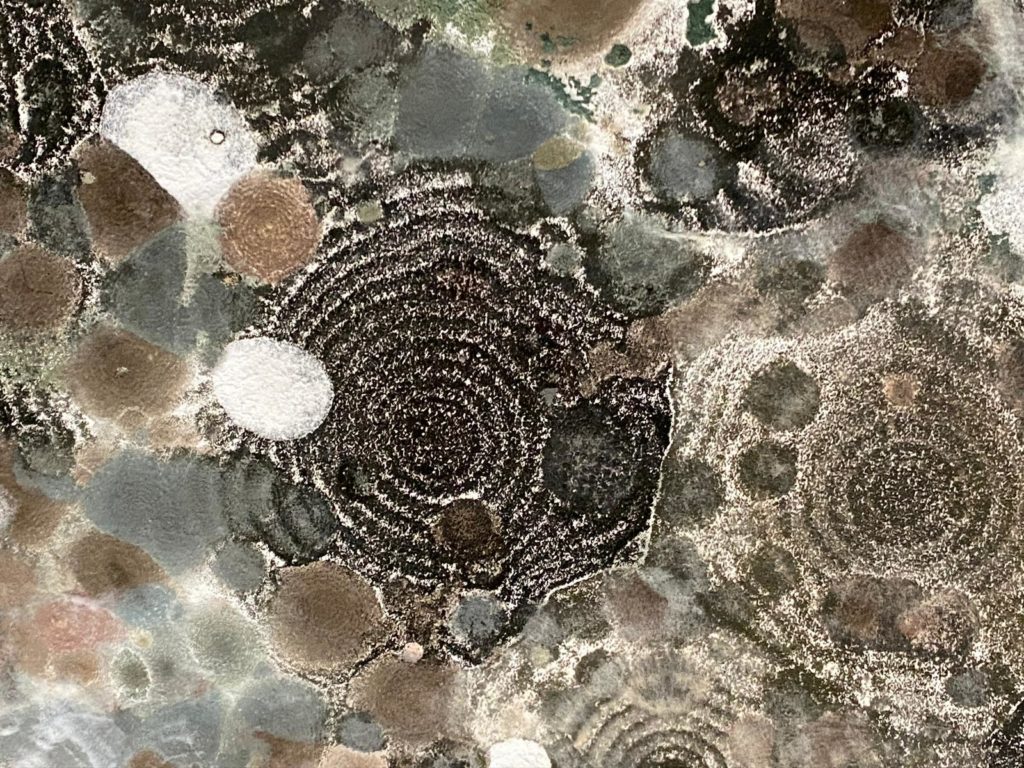
#4 Water and flood damage restoration isn’t just about getting rid of the water
When dealing with water or flood damage, your main priority is, of course, removing the water and humidity from your home. But that’s actually just one part of the entire water damage restoration process. Here’s the full list of steps that go into a thorough and effective water damage restoration job:
- Ensuring proper safety by turning off power and gas lines. You should never enter a house with water damage while the electricity is still on. Gas lines can also be damaged during flooding or natural disasters, so it’s also a good idea to stop the flow of gas before entering the home.
- Addressing the source of the damage. If your home has sustained damage by anything other than a flood, you’ll need to find and stop the water source. This doesn’t necessarily mean that the plumbing or appliance has to be fixed before moving onto the next steps, but you certainly need to stop water flowing immediately.
- Assessing what can be salvaged and what needs to be replaced. As we mentioned earlier, the kind of water that has caused damage in your home as well as the amount of time and severity of the flooding will determine what materials need to be removed completely. Often, carpeting, carpet pads, insulation, and other porous materials will need to be replaced as it is difficult to dry them out before mold has a chance to take hold.
- Cleaning out all other debris. Removing materials like carpeting, drywall or insulation will leave your home filled with dust and other debris that should be cleared out before you start using airflow appliances.
- Removing water and humidity. Finally, we’ve reached the drying out phase. This is done with the help of specialized equipment such as industrial dehumidifiers, fans, and wet vacs.
- Disinfecting the area. No matter if your water damage was sustained from clean, grey, or black water, disinfection is an important step in the restoration process. This can be done with cleaning supplies you can buy at the store, but it’s better to use professional-grade cleaning supplies to ensure you’ve removed all bacteria and other harmful substances from your home.
- Preparing for the future. At this point, you’ve dried out your home, lowering the risk of mold and further damage significantly. But, as you start replacing carpeting, re-painting your walls, and moving your salvaged furniture back in, there are a few things you can do to prevent future problems. One thing is to double check that your moisture levels are safe with the use of a moisture meter. You may also consider using mold-resistant paint and water-resistant and fire-resistant insulation to lower the risk of home damage in the future. While these preventative measures may cost more during your rebuild than using standard materials, they could save you thousands of dollars in the long run.
One Stop restoration offers complete disinfecting services in Atlanta GA metro area.
We use state of the art equipment to make sure your home or business will be clean, disinfected and safe!
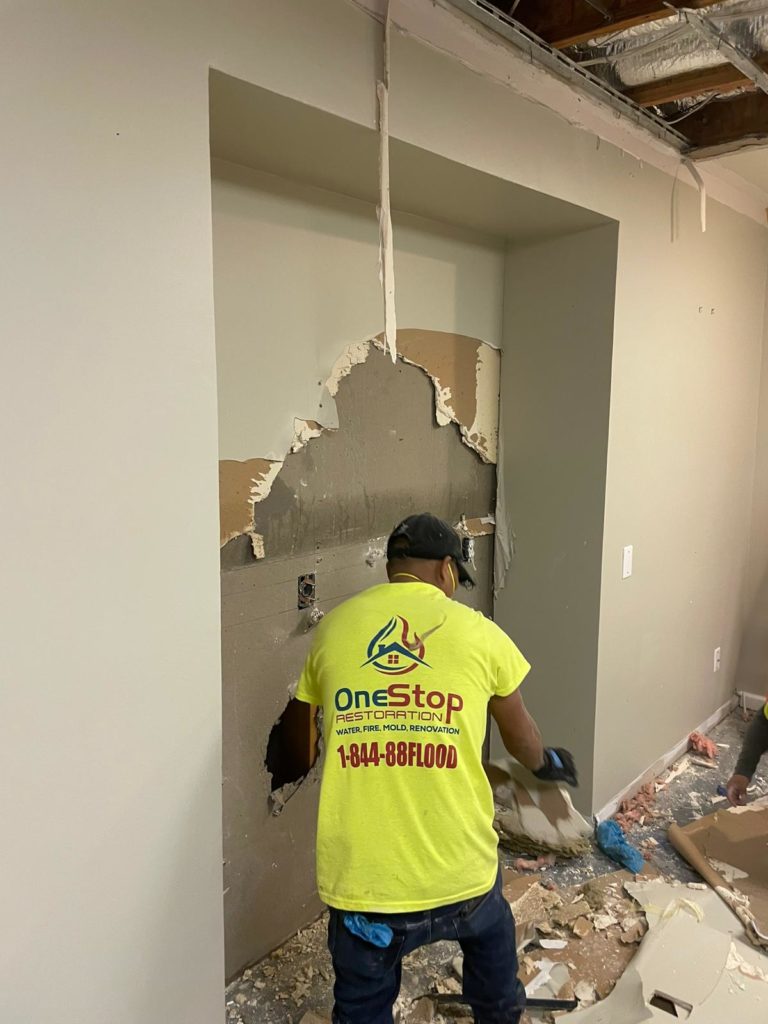
#5 Hiring a pro team is recommended for even the most minor water damage
The internet is absolutely full of videos and articles on how to repair water damage yourself. And it’s true that some minor clean water damage cases can be handled with DIY solutions. But the risk is that doing it the wrong way could mean that you end up paying more to deal with the secondary problems after water damage. Here are a few other reasons why it’s a good idea to call in a professional water damage team:
- They have the proper gear. From filtration masks to hazmat suits to rubber boots and gloves, the pros always show up prepared. They know the danger of exposure to water damage, and they’re willing to suit up so that you don’t have to.
- They have professional-grade equipment. Not many of us have heavy-duty wet vacs, air movers, and industrial-grade cleaning supplies on hand. So, having a pro bring all the right tools can save you the time and hassle of buying or renting equipment.
They know exactly what it takes to deal with water and flood damage. Water and flood restoration teams are trained, experienced, and efficient, which can make the entire process stress-free. And, unlike with DIY solutions that can leave you wondering if you did a good enough job to prevent future problems, a pro team will know when a job is truly done.

As a homeowner, the more you know about water and flood damage, the better!
The last thing you want when dealing with a water emergency is to be taken by surprise by the restoration process. By learning these 5 things about water and flood restoration, you’re in a much better position to deal with whatever water-related incident comes your way! And you probably can also see why having a trusted restoration team like Omer Restoration is such an asset in the unfortunate case that you have to put this knowledge into action. Get in touch with us to learn more about how we can help!
Call One Stop Restoration Today! We are here to help.

TESTIMONIALS
What our customers say
Kit Harington
Atlanta, Georgia - HomeownerWhy One Stop Restoration?
We are the right fire and smoke restoration firm for your emergencies because of the following:
- 24/7 Availability
- Experience
- Modern Equipment
- Quality Insurance Cover
OUR BLOG
Latest news from us
Mold Remediation
Blog post Mold Remedation As a homeowner, the mere mention of mold might give you a cold sweat. It’s...
